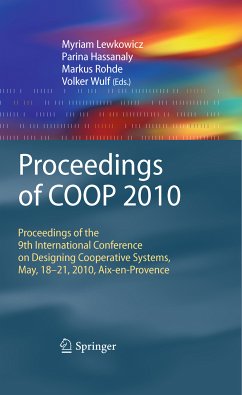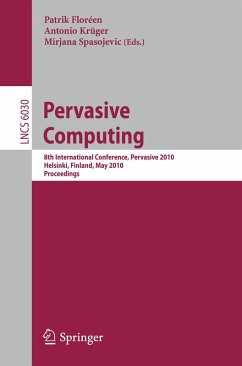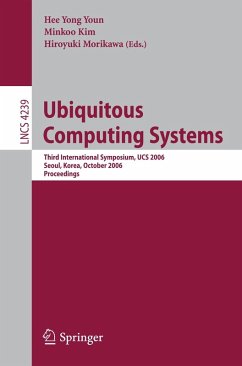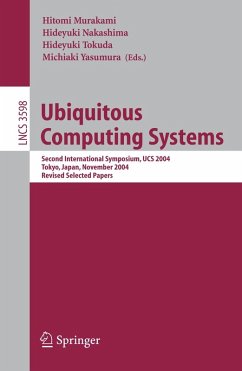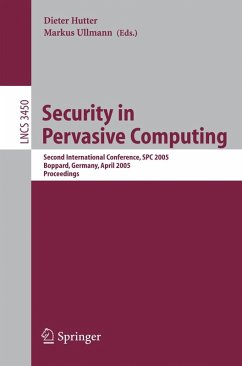is
gaining momentum in different application areas. The commerce area, however, appears to
have gone further than others.
This volume presents a methodological overview of the new frontiers for e-business,
discussing its past, present, and possible futures. When we look at e-business historically--
from 1951, when for the first time software was used to conduct business (by J. Lyons and
Co., an example from the first chapter of the book), through the development of bar codes,
to the current implementation of radio frequency identification (RFID) tags placed in
products--we become aware of the amount of work and ideas that have been implemented
or abandoned.
In addition to the introductory part, the book has three other parts: "Technology," -- "Business," and "Society," with a total of 11 chapters that complement each other greatly.
The "Technology" part of the book focuses on the supply chain management standards in
ubiquitous commerce and on a couple of applications of RFID technology. The "Business" -- part discusses such topics as UC approaches to extending customer relationship
management, customer tracking, price discrimination, and the design of pervasive retail
experiences. The "Society" part focuses on the legal and societal challenges of the use of
UC in commerce, as it will impose significant changes in the way we do business.
In conclusion, this is an easy-to-read volume that will be of use to casual readers,
students, and researchers.
Reviewer: Goran Trajkovski Review #: CR132598
Distributed
Commercial
Transactions
(K.4.4 ... )
Electronic
Commerce
(K.4.4 )
Electronic Data
Interchange
(EDI) (K.4.4 ... )
Miscellaneous
(K.4.m )
Would you recommend this review? yes no
Other reviews under "Distributed Commercial Transactions": Date
An ER framework for e-contract modeling, enactment and monitoring
Krishna P., Karlapalem K., Chiu D. Data & Knowledge Engineering 51(1): 31-58, 2004. Type:
Article
Feb 10 2005
Understanding customer trust in agent-mediated electronic commerce, Web-mediated electronic
commerce, and traditional commerce
Komiak S., Benbasat I. Information Technology and Management 5(1-2): 181-207, 2004. Type:
Article
Jul 22 2004
Negoisst: a negotiation support system for electronic business-to-business negotiations in ecommerce
Schoop M., Jertila A., List T. Data & Knowledge Engineering 47(3): 371-401, 2003. Type: Article
Jul 2 2004
more...
E-Mail This Printer-Friendly
Reproduction in whole or in part without permission is prohibited. Copyright 2006 Reviews.com(TM)
Terms of Use Privacy Policy









